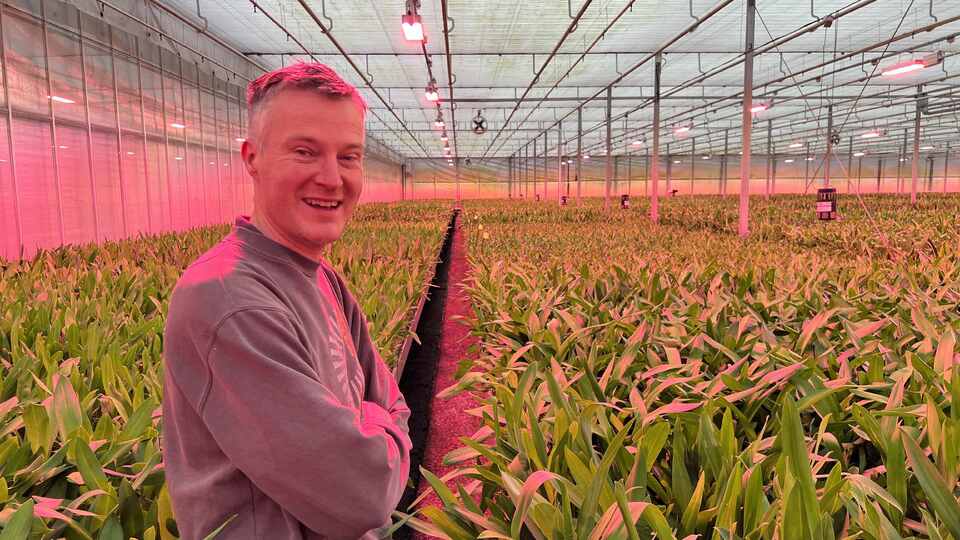
The RV1000 LED luminaires from NLight at work in the greenhouse of Inca Orchids in Nootdorp.
In recent years, the term ‘Anthropocene’ has been applied to our current geological era because of humanity’s profound impact on the planet. Let that sink in for a moment.
As our timeline to avoid the worst effects of climate change grows ever shorter, it’s no mystery why – and with the world population expected to surpass 9 billion by 2050 – our universal conundrum is not about how to reverse the effects our presence on the planet has had, but rather how to adapt our way of life to avoid or soften the looming blow of the crisis.
There’s no denying that traditional agriculture has played a huge role in getting us to where we are today, so it makes sense that a more sustainable approach to food production is widely seen as a transformation worth our time.
And with the indoor horticulture industry estimated to be worth $12.77 billion globally in just two years, and significant investment from companies like Apple, Bezos, Google and the UAE, it looks like we may have found our answer.
From optimised resource use to maximised space, reduced carbon footprint and improved food quality, the benefits of the modern advancements we’re seeing in indoor farming are enormous.
While all of these benefits are promising, the impact these new practices have on securing local food systems for urban communities deserves additional attention.
Because a distinguishing feature of vertical and indoor farms is their ability to meet a growing demand for locally produced food in a way that is: 1. Conscious of resource scarcity, 2. Resilient to system shocks, and 3. Community-building.
The rise of urban farms means that farmers can deliver fresh, locally grown produce to their communities using less space, reducing reliance on imported food and increasing the security of local food systems tenfold.
Not only does this mean we can reduce the carbon footprint of transportation and prevent further environmental degradation—it also allows us to support more sustainable agricultural practices (e.g., regenerative agriculture and organic farming).
The introduction of LED grow lights such as the RV1000 from NLight is a clear catalyst for further success.
LED systems make it possible to grow a wide variety of crops in urban and indoor environments, where energy efficiency is a priority.
They allow growers to produce the specific wavelengths their plants need for photosynthesis, eliminating obstacles such as extreme weather, climate and seasonality – because precise control over the light spectrum means we can mimic the natural environment plants need to thrive anywhere in the world.
With little heat radiated, light absorption is maximised to promote faster growth and produce higher yields in a smaller space.
And as a result, reliable, local supply chains that don’t rely on distant sources or leave communities vulnerable are becoming increasingly prominent worldwide.
For these reasons, it’s clear that technological innovations like those from NLight will play a substantial role in building a diversified agricultural sector that will see us through the dark times ahead.
More than that – with the right investment and adoption across the industry, they have the power to make those dark times a lot less dark.
Since their recent entry into the market, NLight has made it their mission to illuminate the future of sustainable food production with innovative, custom LED lighting solutions that promote growth and help indoor farmers and gardeners support global food security.
With plenty of bold marketing techniques under their belt and international expansion on the horizon, this small but mighty brand is determined to become a major player in the industry and plans to do whatever it takes to get there.
This article was originally published on NLight’s LinkedIn.
